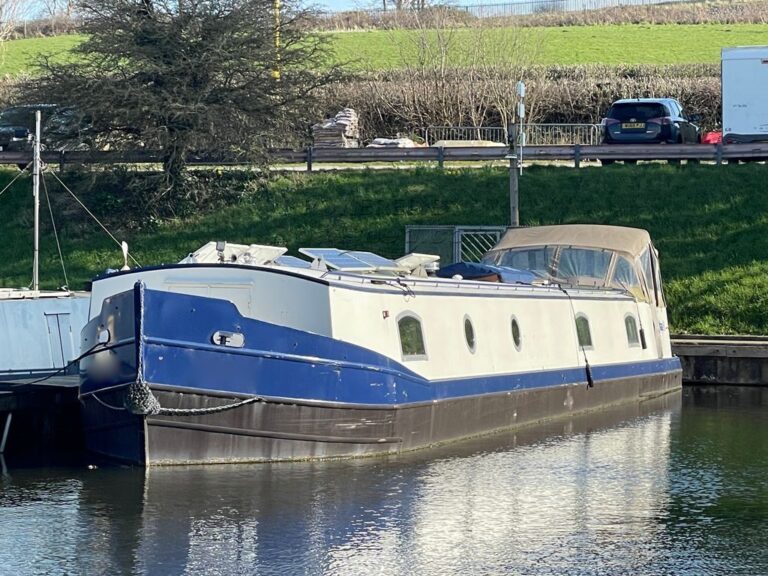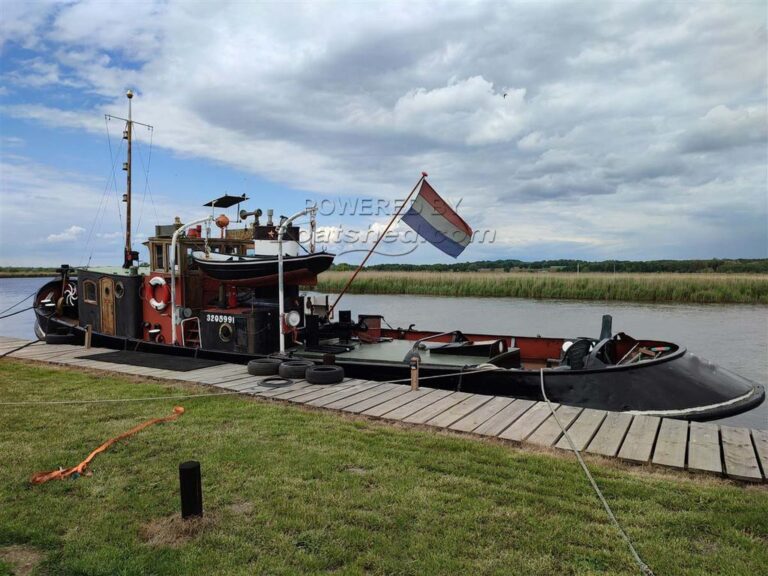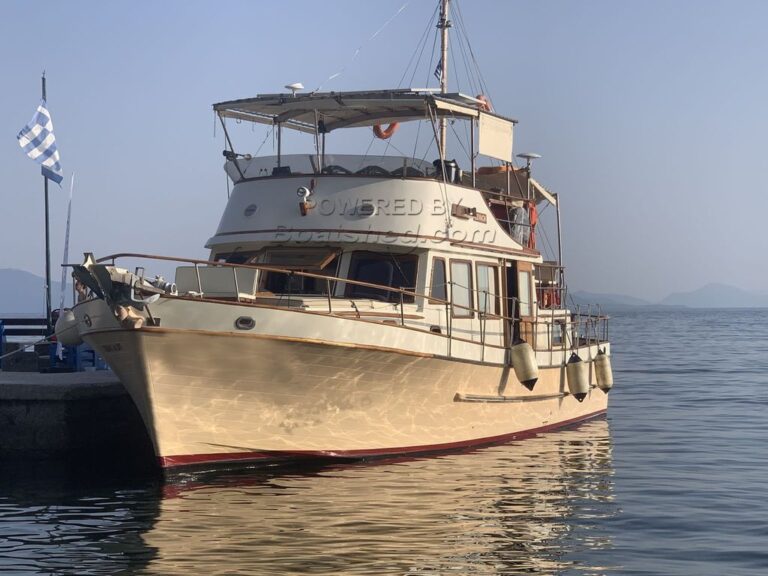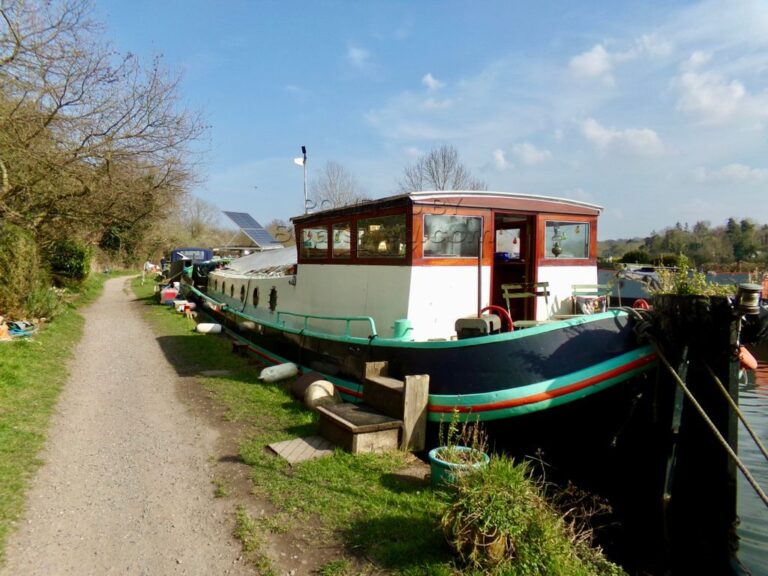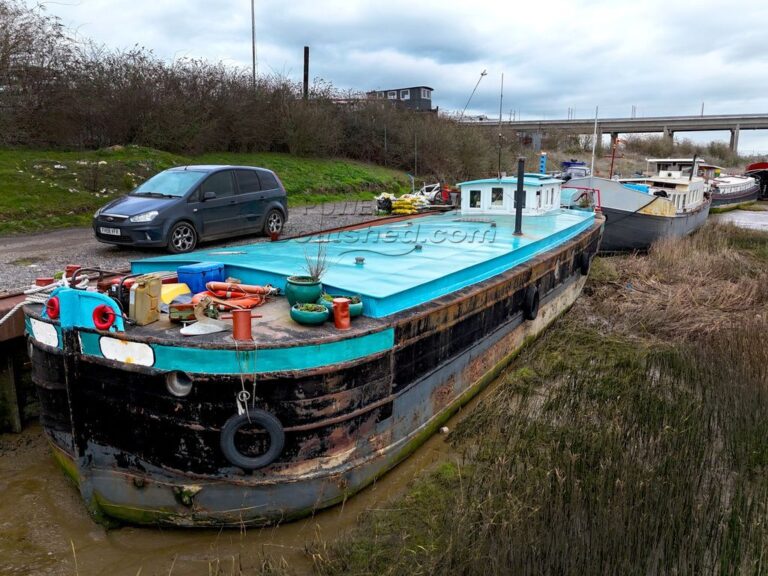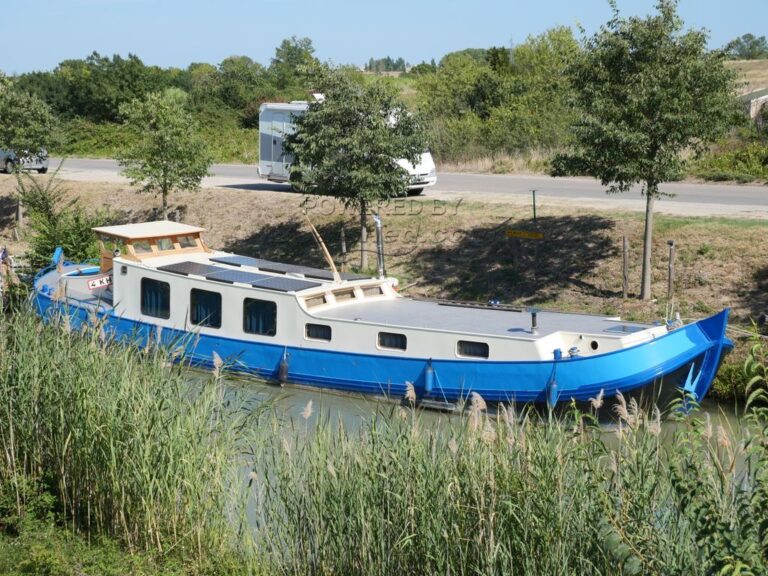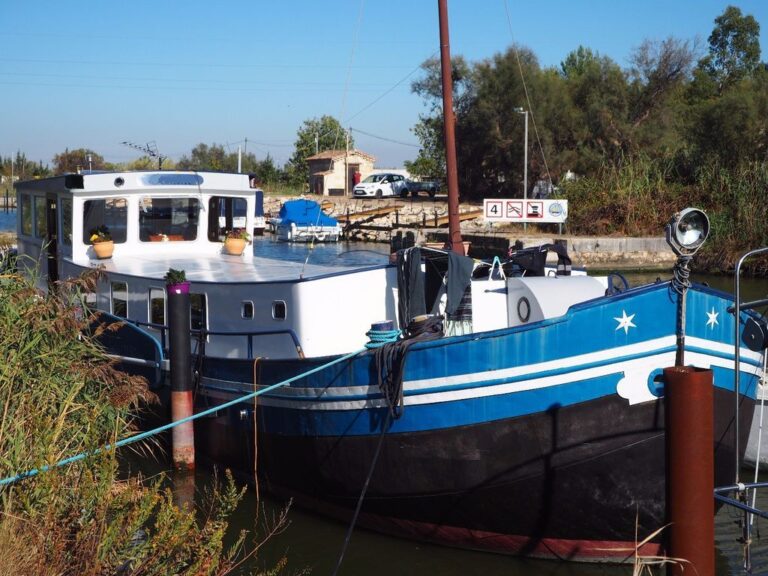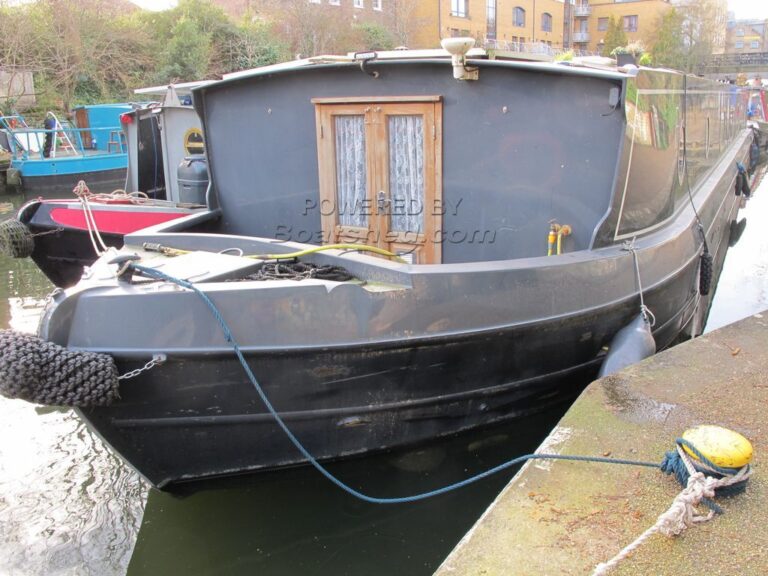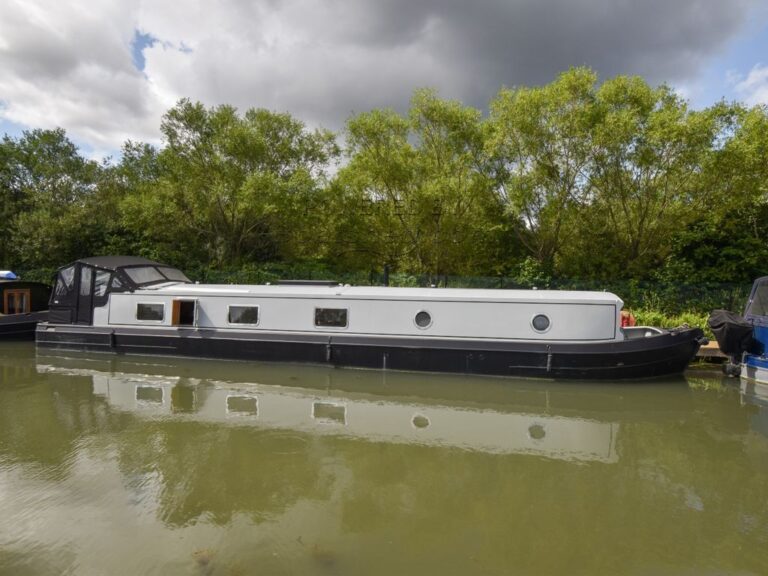Explore the electrifying future of sailing as we delve into the promises, pitfalls, and the profound impact of all-electric yachts on this timeless maritime tradition.
I’ve spent countless hours navigating the open seas, harnessing the power of the wind and waves to propel my vessel forward. Sailing is not just a hobby; it’s a way of life, deeply intertwined with nature, serenity, and the thrill of the journey. But recently, a new wave of technology has been sweeping through the sailing world – the all-electric yacht. In this blog, we’ll dive deep into the promises and pitfalls of these electric-powered vessels, drawing insights from various sources and my own experience as a seasoned sailor.
The All-Electric Horizon: Setting Sail into the Future
In recent years, the maritime world has witnessed a significant shift toward electric propulsion systems, mirroring the broader trend of electrification seen in the automotive industry. Electric cars have become commonplace, and it was only a matter of time before electric sailing yachts made their mark. The early adopter phase is upon us, and the allure of clean, quiet, and environmentally friendly sailing is undeniable.
Imagine gliding out of the marina or bay in silence, powered by the sun, wind, and waves – a harmonious blend of nature’s forces. Electric propulsion systems offer a tantalizing glimpse into this sustainable future. It’s a promise of zero emissions, no exhaust, no noise, and no environmental restrictions. As sailors, we understand the deep connection to the sea, and the prospect of sailing without relying on fossil fuels is exhilarating.
For serious sailors, the benefits of electric propulsion systems are undeniable. While it’s true that electric motors have traditionally had more limited range compared to diesel engines, recent advancements have extended their operating range significantly. High-end systems can provide an operating range of up to 300 miles, depending on battery capacity and power generation. While this range may not match the range of some diesel-powered vessels, it is more than sufficient for coastal and offshore cruising, allowing you to explore vast stretches of open water while still maintaining the environmental advantages of electric propulsion.
The Promises of Electric Yachts
One of the most compelling promises of all-electric yachts is their commitment to reducing emissions and minimizing their environmental footprint. Just like electric cars have made city streets cleaner, electric yachts aim to keep our seas pristine. The transition to electric propulsion is not just about embracing new technology; it’s about safeguarding the environment we hold dear.
For committed sailors, there are not many downsides to electric propulsion. The operating range of high-end electric propulsion systems ranges from 150 to 300 miles at 5 knots (and more, depending on the battery pack options and power generation), which is more than enough to get you in and out of marinas and bays and still have plenty left over to get you out of a bind. The rest, you sail.
Hydrogeneration creates drag of only 0.1 knot at a boat speed of 7.0 knots – so it is barely noticeable. If you can go even faster, the power generation increases exponentially.
Life aboard an electric-powered yacht is still far from an off-the-shelf experience. You need a trusted team of specialists who will guide you through the process and make sure they create a custom solution according to your needs, as well as a good partnership between the shipyard and the electric propulsion provider.
Why are boats so different from a car?
A yacht is an independent element on the sea; and unlike a car, it will need to provide its owner with much more than just propulsion. It is imperative therefore to consider everything – from the way the yacht is built, to the equipment on board. Since you will spend most of your time sailing, you need a yacht that performs well and is easy to sail. A good, reliable sail plan and rig provide you with enough options to substitute the practicality of a diesel engine.
Energy savings are crucial because you will need to bear in mind cooking, refrigeration, water and cabin heating, entertainment, and more. Of course, there are fossil fuel solutions for all of these challenges. The hybrid option is very practical, but it is on the pricier side. Purists, however, will want to go full electric. And for them, more renewable power generation options like photovoltaics, a wind generator, or a humbler approach to on-board living will be crucial, especially in colder climates.
Battery options
Choosing the right battery solution for electric sailboats is a critical decision, given the variety of options available in the market. When considering batteries for electric sailboats, various criteria come into play, including charge and discharge rate, price, weight, stability, longevity, memory effect, and self-discharge. These factors collectively determine the performance and suitability of a battery for sailing purposes.
The discharge, which indicates how fast a battery can be discharged relative to its capacity, is a crucial factor. Lithium Ion batteries maintain a continuous maximum discharge rate, making them well-suited for electric sailboats. In contrast, lead-acid batteries have much lower rates, significantly affecting their performance and capacity. Lead-acid batteries are sensitive to depth of discharge, reducing their life cycle significantly when discharged to 80%. This means that their rated capacity must be substantially reduced, impacting the overall usability and longevity of these batteries.
Battery pricing is another essential consideration for electric sailboats. While lithium-ion battery prices have been decreasing in recent years, with an average price of 150 euros per kilowatt-hour (kWh) in the automotive industry, consumer prices are generally four to five times higher. However, there are European suppliers offering lithium-ion batteries for as low as 350 euros per kWh, making them a cost-effective choice compared to heavier and bulkier lead-acid batteries. Battery costs significantly influence the total expense of an electric propulsion system, emphasizing the importance of price comparisons.
Weight plays a vital role in choosing the right battery for your sailboat. Although weight may not be a concern for all sailboats, most sailors prefer lighter battery solutions. Lithium-ion batteries weigh approximately four times less than lead-acid batteries and occupy only a fraction of the space. This weight advantage not only enhances sailing performance but also simplifies installation and maintenance.
Longevity and memory effect are essential aspects to consider when evaluating battery options. Lithium Ion batteries, favoured for sailboats, offer a longer cycle life than many other lithium-ion batteries. They typically last 7 to 10 years, depending on the depth of discharge. Lithium batteries can also be discharged up to 100% but are rated for 2000 cycles at 80% discharge, exceeding the usage typically encountered during a sailor’s lifetime. Moreover, these batteries are environmentally friendly, being 100% recyclable and non-toxic, aligning with the sustainability ethos of modern sailing.
Electric Options
When exploring the world of electric sailing, it’s essential to consider some of the key players in this emerging field. Two notable manufacturers making waves in the electric yacht industry are OceanVolt and Lynch Marine.
- OceanVolt: OceanVolt is at the forefront of electric propulsion technology for sailing yachts. They offer a range of electric propulsion systems tailored to various yacht sizes and configurations. OceanVolt’s ServoProp, for instance, features a feathering propeller that can be optimized for forward, reverse, and regeneration modes. With the ability to generate power under sail, OceanVolt’s systems bring sustainability to the forefront of sailing. While they were pioneers in this field, OceanVolt’s innovative systems have been embraced by renowned sailors like Alex Thomson and Jimmy Cornell.
- Lynch Marine: Lynch Marine has introduced a range of electric propulsion systems designed to meet the needs of sailors seeking sustainability and efficiency. Their offerings include three full electric systems, ranging from 10HP to 75HP, as well as a hybrid system with a capacity of up to 35HP. One remarkable achievement in the world of electric sailing was witnessed during the Vendée Globe Challenge when “The Acciona,” a 60ft yacht, sailed 84 days without using any fossil fuels. This one-of-a-kind sustainable yacht was fitted with a Lynch Marine system, highlighting the incredible potential of electric propulsion in long-distance ocean races.
The Pitfalls of Going Electric
While the promises are tantalizing, the pitfalls are equally important to consider, especially for experienced sailors. Electric propulsion for yachts is still in its adolescent stage of development. Unlike the mature technologies of diesel engines and lead-acid batteries, electric systems are evolving rapidly. As sailors, we appreciate reliability and the ability to weather the challenges of the open sea. Electric systems present a different set of challenges.
One of the key pitfalls is the risk associated with lithium-ion batteries. These batteries offer greater power density and energy storage but come with their own set of risks. The potential for thermal runaway, a self-perpetuating and exothermic reaction within the battery, can be daunting. Managing this risk requires a deep understanding of the technology and a readiness to respond in case of emergencies.
The limited service network for electric propulsion systems is another concern. Finding skilled technicians who are well-versed in electric boat systems can be a challenge in some areas. Sailing into remote destinations may pose a logistical challenge if issues arise.
Sailing into the Future: Balancing Promises and Pitfalls
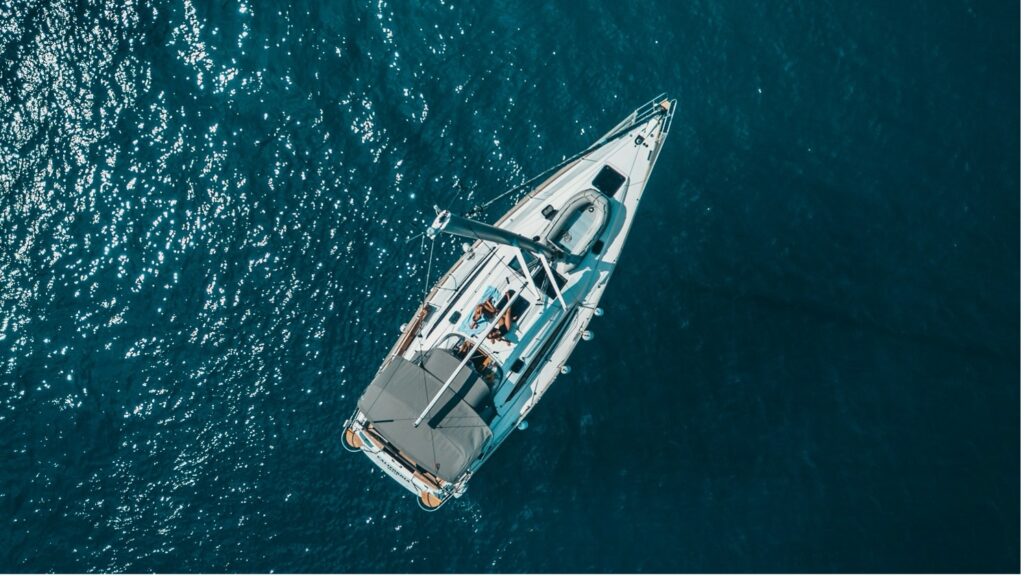
As we set sail into this uncharted territory of electric yachts, it’s crucial to strike a balance between the promises and pitfalls of this emerging technology. Every sailor has their own tolerance for technical innovation and risk. For some, the promise of cleaner, quieter, and more sustainable sailing is worth the potential challenges. Early adopters see themselves as partners in the development of this technology, embracing failures as opportunities for learning.
The American Boat and Yacht Council (ABYC), which sets standards for boat systems, has only recently published its standards for electric propulsion systems, highlighting the nascent nature of this field. Understanding the nuances of lithium-ion batteries and their management systems is paramount for safe operation.
Sailing electric requires a different mindset. It’s about monitoring power generation in watts rather than thinking in terms of amps and amp-hours. Electric yachts feature multiple systems at varying voltages, necessitating a broader understanding of electrical systems.
Navigating the all-electric horizon requires a careful balance of promises and pitfalls. Electric yachts represent an exciting opportunity to reduce our impact on the environment and embrace a sustainable way of sailing. However, it’s essential to approach this technology with a clear understanding of the risks involved.
Electric propulsion systems offer a unique opportunity to transform the sailing experience. Gone are the days of noisy engines and exhaust fumes; instead, we have the serenity of the open sea. However, as sailors, we know that a successful voyage depends on preparation and knowledge. Here are some key considerations when embracing electric sailing:
- Battery Management Systems (BMS): These are crucial for monitoring and maintaining the health of lithium-ion batteries. A reliable BMS ensures that the batteries operate within safe voltage and temperature ranges.
- Energy Independence: Harness the power of renewable energy sources like solar panels and wind generators to reduce reliance on shore power and extend your cruising range.
- Safety Protocols: Develop and practice safety protocols for dealing with thermal runaway incidents, including having firefighting equipment and a clear evacuation plan.
- Technical Expertise: Seek out technicians and service providers with expertise in electric propulsion systems to ensure proper maintenance and troubleshooting.
- Efficient Energy Use: Optimize your energy consumption by choosing energy-efficient appliances and practices, ensuring you make the most of the available power.
- Logistical Planning: Consider the availability of charging infrastructure in your sailing area and plan your routes accordingly.
Hybrid Options
The hybrid approach serves as a strategic interim solution amid the sailing community’s transition towards electric propulsion. Retrofitting traditional diesel engines with electric components enables sailors to bridge the gap between conventional and sustainable power sources, offering a pragmatic compromise. By integrating electric motors alongside existing diesel generators, hybrid solutions prioritize emissions reduction and efficiency while preserving the reliability essential for navigating the seas.
Hybrid propulsion systems seamlessly combine traditional diesel power with emerging electric motor technology, allowing sailors to switch between power sources as needed. Retrofitting entails upgrading existing diesel engines with electric components to create a hybrid system, typically involving installing a more efficient generator and incorporating battery storage. This upgrade enhances vessel sustainability while maintaining the versatility required for diverse sailing conditions.
The benefits of retrofitting for hybrid propulsion systems are significant, including emissions reduction, enhanced efficiency, and cost-effectiveness. By incorporating electric propulsion, sailors contribute to a cleaner maritime environment and align with global efforts to combat climate change. Additionally, hybrid systems optimize power generation, minimizing fuel consumption while leveraging existing infrastructure for cost savings.
Key components of a retrofit include upgrading the generator, integrating an electric motor, and incorporating battery storage to optimize performance and efficiency. Evaluating existing systems, conducting cost analyses, and seeking professional guidance are crucial considerations before embarking on retrofitting projects. Despite potential challenges such as compatibility issues and range constraints, acknowledging these limitations and leveraging existing expertise can help sailors navigate the transition to hybrid propulsion successfully.
Recommendations
In charting the course toward embracing electric propulsion in sailing, it’s prudent to exercise caution in its early adoption. Undoubtedly, sailing into an electric future holds immense promise, yet the current range limitations pose significant hurdles for many of us. As we navigate these waters of innovation, it’s essential to strike a balance between ambition and practicality.
For those eager to embrace the benefits of electric propulsion without diving headlong into uncharted territory, upgrading to a hybrid solution offers a sensible compromise. This halfway house involves replacing the traditional motor with an electric counterpart while retaining a diesel generator. This strategic move serves as an interim solution, providing the flexibility and reliability of conventional systems while we await further advancements in battery technology.
In the spirit of sailing’s timeless tradition of adaptation and exploration, transitioning to a hybrid setup allows us to navigate the currents of change with prudence and foresight. As we set sail toward a more sustainable future, let us anchor ourselves in the wisdom of the sea, charting a course that balances innovation with the realities of the present.
Final Thoughts
Ultimately, the future of electric sailing yachts is a fascinating journey filled with promises, pitfalls, and the uncharted waters of innovation. As sailors, we are the custodians of the seas, and our choices shape the future of maritime sustainability. The emergence of electric propulsion is a call to action, challenging us to balance our love for adventure with our responsibility to protect the oceans.
What are your thoughts on the future of electric sailing yachts? Have you had any experiences with electric propulsion systems? Share your insights and stories in the comments below.
In this extended blog, we’ve explored the promises and pitfalls of all-electric yachts in detail, providing a comprehensive view of this evolving technology’s impact on the world of sailing. Whether you’re a seasoned sailor or someone considering a journey into electric sailing, I hope this blog has offered valuable insights and considerations. Share your thoughts by emailing hello@sailors.project1031.com.
Embracing the future of sailing means finding the right balance between the promises and pitfalls, all while keeping our oceans and environment at the forefront of our journey.
References and Resources
- “The All-Electric Yacht Evolution” – Yachting Magazine explores the advancements in electric yacht technologies, highlighting the importance of lightweight materials, solar panels for autonomy, and the critical role of high-quality batteries in ensuring performance and efficiency. Innovations such as the Navier 27’s hydrofoils for improved range and Silent-Yachts’ solar panels for clean energy generation are discussed, emphasizing the sustainability and reduced emissions of electric yachts.
- “Electric Yacht Options” – Yachting Monthly provides an overview of electric propulsion options for yachts, detailing the benefits of both traditional electric yacht conversions and off-the-shelf models from manufacturers like Hanse, Arcona, Dufour, and Elan. The article discusses the advantages of pure electric and hybrid systems, illustrating the balance between power, efficiency, and range considerations for electric yacht enthusiasts.
- “ALVA Yachts’ Solar Electric Catamarans” – Electrek introduces ALVA Yachts’ latest innovation, the OCEAN ECO 78 solar electric catamaran. This mid-size marine vessel boasts solar and electric propulsion technology, offering a transatlantic range and emphasizing the luxury and sustainability of modern electric yachts. The company’s commitment to zero-emission technologies and the design features of the OCEAN ECO 78 are highlighted, showcasing the potential for long-range, sustainable yachting.
- “Promises and Pitfalls of All-Electric Yachts” – Cruising World discusses the technological maturity of electric yachts, comparing lithium battery systems to traditional diesel propulsion and lead-acid batteries. The article covers the potential risks associated with lithium-ion batteries, such as thermal runaway, and emphasizes the importance of a Battery Management System (BMS) for safety and efficiency. The challenges and learning curve associated with electric yacht ownership are explored, alongside the benefits of reduced emissions and lower running costs.
- “Advanced Electric Yachts by ALVA YACHTS” – ALVA YACHTS showcases its range of luxury electric solar catamarans and sailboats, including the innovative OCEAN SAIL 72. The emphasis on sustainable, solar-assisted electric performance for cruising and exploration highlights the company’s commitment to environmentally friendly yachting solutions. ALVA Yachts’ recognition for excellence in electric boating and their participation in global yachting events underscore their position in the electric yacht industry.


